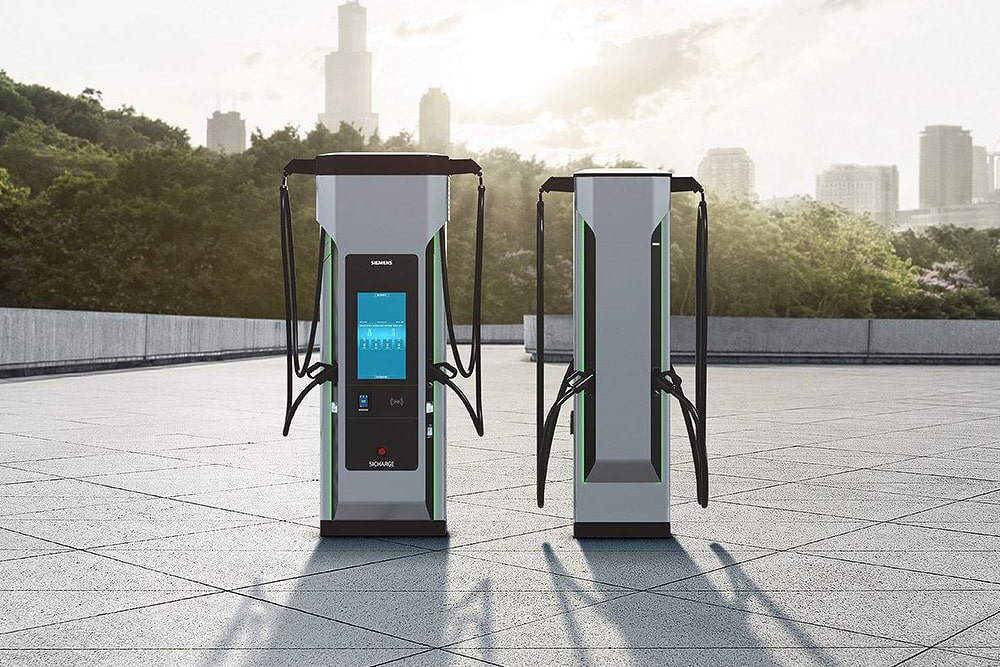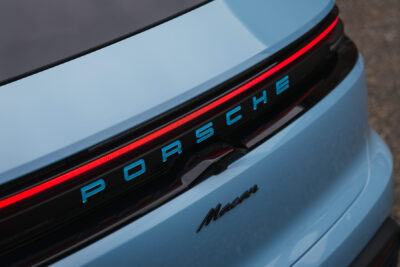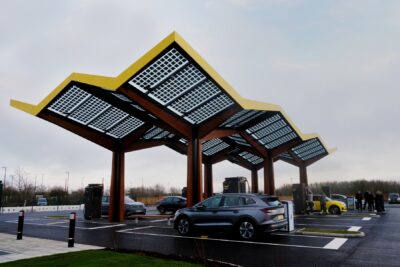Siemens to focus on fast-charging technology
Siemens employs more than 1,300 people worldwide in the business of charging solutions for electric vehicles. A total of around 450 jobs (almost 35 per cent) are now to be cut by the end of the 2025 financial year, 250 of them in Germany alone.
The background to the job cuts is a strategic realignment of the division. “The market is currently characterized by strong price pressures and limited growth potential for low-power charging stations. For this reason, the business is focusing on market segments such as fast-charging infrastructure for depots and fleets and for en-route charging,” Siemens announced. “In addition, the intention is to establish a more regional approach for markets with sometimes different charging standards to be able to serve the markets faster and in a more targeted manner.”
Details on this regionalisation are not yet available. The job cuts also only mention 450 jobs in total and 250 in Germany, but no departments or areas, that are affected. Officially, these are still only plans of the Siemens management “to further increase its global competitiveness,” which have now been presented to the employee representatives.
Will the production of the Sicharge D in Leipzig come to an end?
However, it is becoming apparent that one location, in particular, will be affected in the case of the charging division: As reported by the Leipziger Volkszeitung newspaper, the production of charging columns is to end at the Leipzig plant. “Siemens in Leipzig says that the charging station business is to be concentrated at the plant in Corroios (Portugal) throughout Europe,” writes the LVZ. Around 250 people work in charging station production in Leipzig – exactly the number of jobs that are to be lost in Germany. At the production location, the SiCharge D fast-charging station, a product for the planned fast-charging focus, is manufactured. However, parallel production in Portugal is likely to be more favourable than the traditional site in Böhlitz-Ehrenberg. Siemens has not yet confirmed the end of fast-charger production in Leipzig: “It is not possible to say exactly what the decision by the headquarters in Munich means for the site and its employees at the moment,” a spokesperson told LVZ. However, there are no plans to close the plant.
“Operational-related layoffs in Germany are ruled out. The aim is to strengthen the future competitiveness of the businesses affected and enable investments in growth markets,” the company wrote. The company remains clearly committed to Germany as an industrial location. And despite the job cuts in the charging business and the parallel measures announced in the automation division (5,600 jobs worldwide, including 2,600 in Germany), Siemens’ workforce in Germany “will remain constant overall, as recruitment is taking place in other, growing areas”.
In the case of the charging division, the planned spin-off may also have played a certain role – Siemens announced this step in September 2024. Specifically, the Siemens eMobility business unit and the charging infrastructure specialist Heliox, which was acquired at the beginning of 2024, are to be merged into a separate legal structure and placed on their own two feet. The areas of fast charging, depot charging and fleet charging promise a more profitable business than AC charging, for example, where it is much more difficult to stand out from the competition – except through price. It therefore makes sense for a legally and financially independent unit to focus more on profitable areas.
In fact, Matthias Rebellius, member of the Managing Board of Siemens AG and CEO of Siemens Smart Infrastructure, announced exactly that in his statement on the announced spin-off last autumn: “The new setup of eMobility will enable the business to accelerate profitability by focusing on high-potential business segments and strategically relevant geographies.” The connection has not been officially confirmed by the company, but there is talk of “changed conditions in key markets,” which make “capacity adjustments necessary in both cases.”
siemens.com, lvz.de (in German)





0 Comments